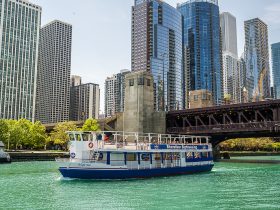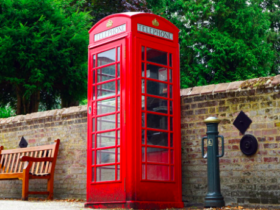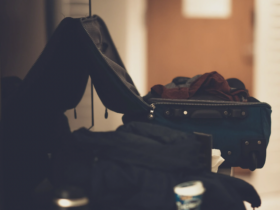There is a lot that airline passengers have to go through at the airport. From updating themselves on the restrictions and rules, going through an intense security check, making sure that their baggage isn’t violating any rules. However, one thing that hasn’t really changed is the procedure to airline safety. Below are a few tips that can help you ensure you and your loved airline safety.

- Flying On Non-Stop Routes
Unfortunately, many accidents on airliners occur during the time of takeoff, climb, descent, and during the landing period of the flight. The best possible choice to avoid all these things would be to take lesser flights. If you do have the option, then you should take it, because there isn’t a lot of cost difference. Not only will it take the pressure off you, but the accident-prone will decrease and your trip will be time efficient as well.
- Opting For A Larger Aircraft
It is known that an aircraft that has more than 30 passenger seats were created, planned, and sanctioned under extremely strict regulations. And it is also common sense that in an unfortunate accident, there is a higher chance of survival for passengers. Statistics online have shown that larger aircraft have better survival chances.
- Preflight Briefing Is Important
It may seem very redundant, but the information being given during the preflight briefing is very important – in that they inform you about all of the closest emergency exits, especially nearest to your seat. They even inform you about the emergency landings as well. You can find many online videos that give details about how to act during a crash landing and six common crash positions.
- Heavy Objects Shouldn’t Be Stored In The Overhead Compartments
The overhead storage compartments should not hold any heavy articles, especially in the case of turbulence. If there is another passenger who is having trouble loading an article into the storage bin, ask the flight attendant to have it stored somewhere else. If a heavy bag falls out of one of the storage compartments, it can cause someone to have a serious injury, especially if the compartment is over your head. Apart from getting the baggage stored somewhere else, you can also request to change your seat.
- Seat Belt Should Be Fastened While Seated
It would be wise to keep your seat belt fastened at all times when you are seated. This gives you a little extra protection if there is turbulence, you become a part of the plane – so when the plane stops, you stop. If you aren’t wearing the seatbelt, and the plane will stop moving you won’t and you might collide into something. The best idea is to avoid injury by staying buckled when seated.
- Pay Heed To The Flight Attendants
The main purpose for the flight attendants to be on board is to guide you towards safety. During the flight if one of them asks you to fasten your seatbelt – do it immediately, and then ask your questions. Make sure you wear comfortable clothes in the cabin and during long flights go ahead and walk around so you don’t get deep vein thrombosis.
- Dangerous Material Shouldn’t Be Brought On Board
The list of dangerous material is really very long, but it also means to use common sense and not to bring any hazardous substances on the flight. Try and find out what you can and cannot bring on a flight.
Author Bio
Kendall Jenner is a Travel Agent with over 6 years of experience. For the past many years, she has been associated with the best online customer dissertation help. When she is not working, she takes up blogging as a way to inform travellers about the tourist spots, airliners, and world cultures.























